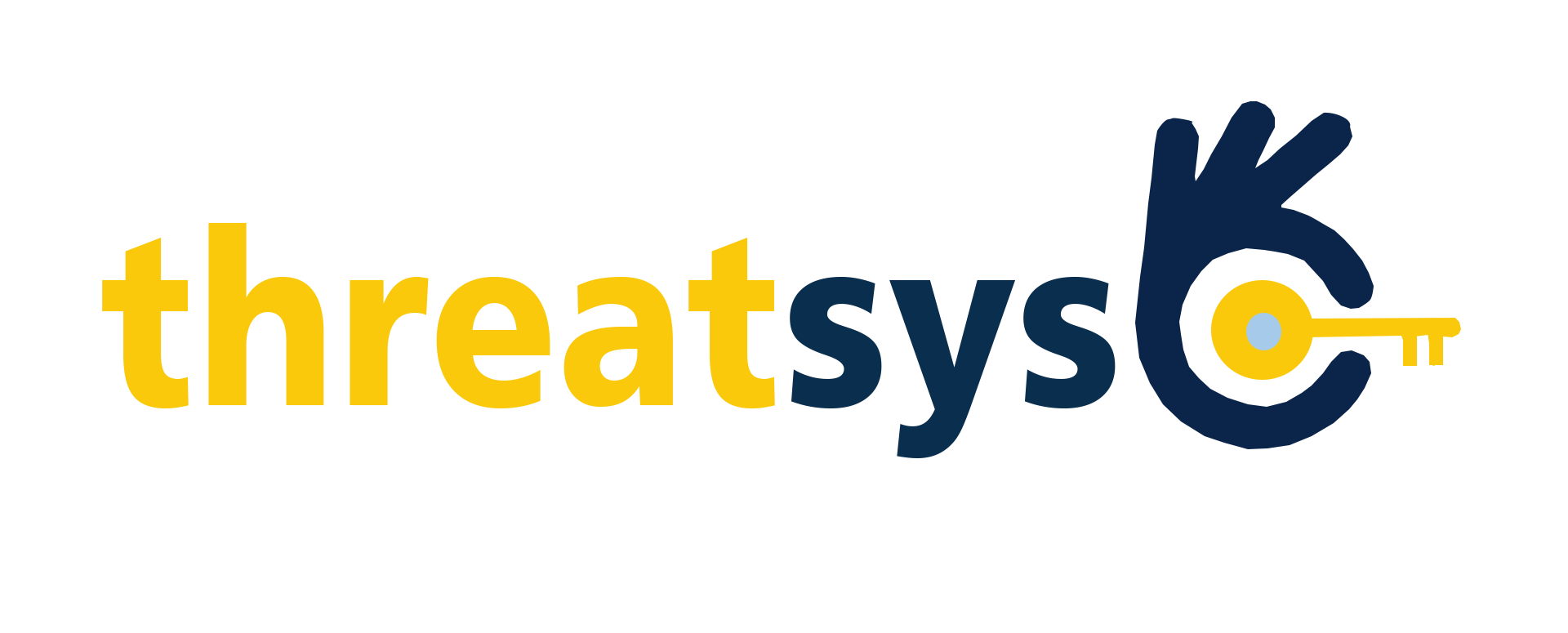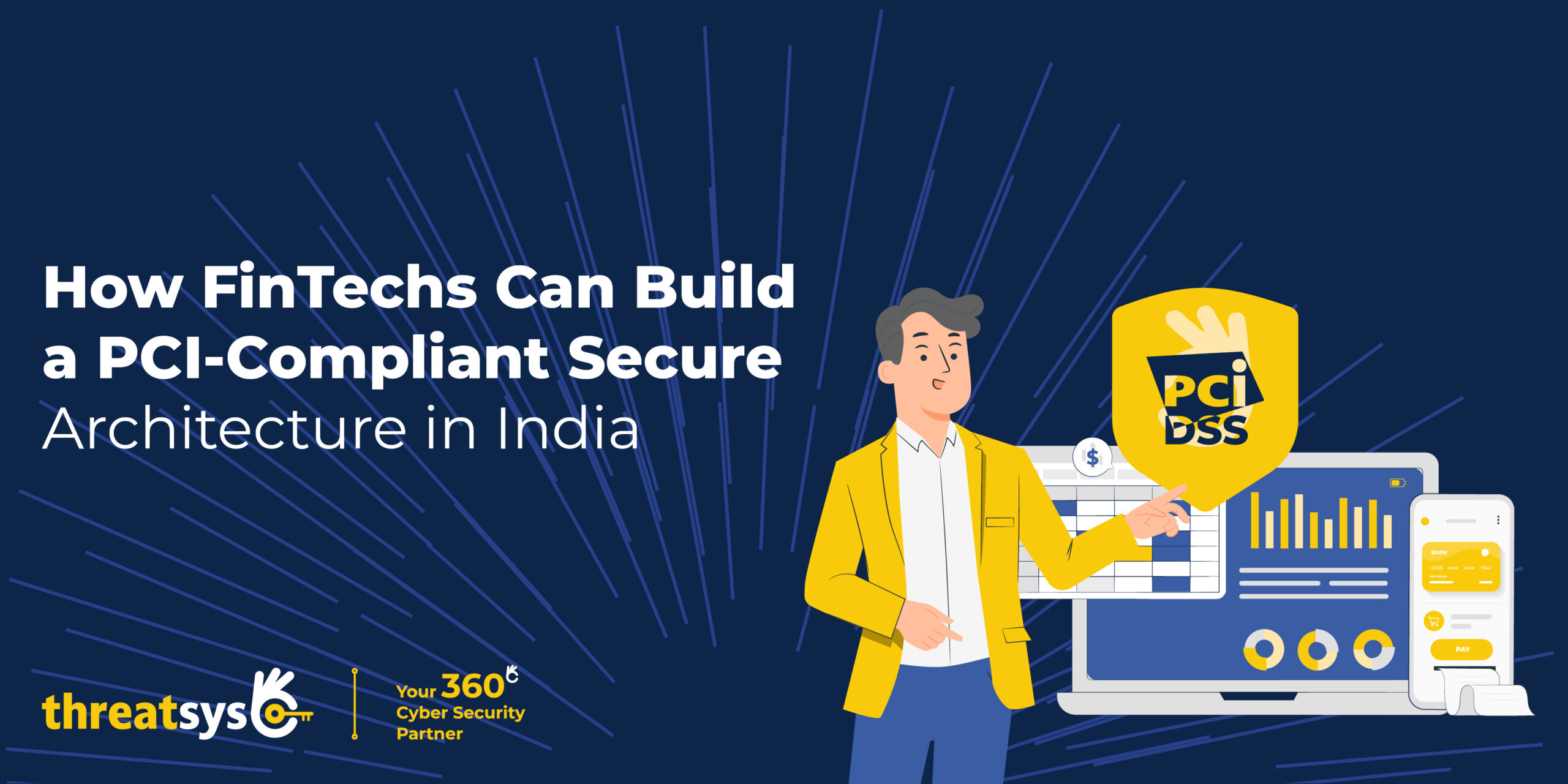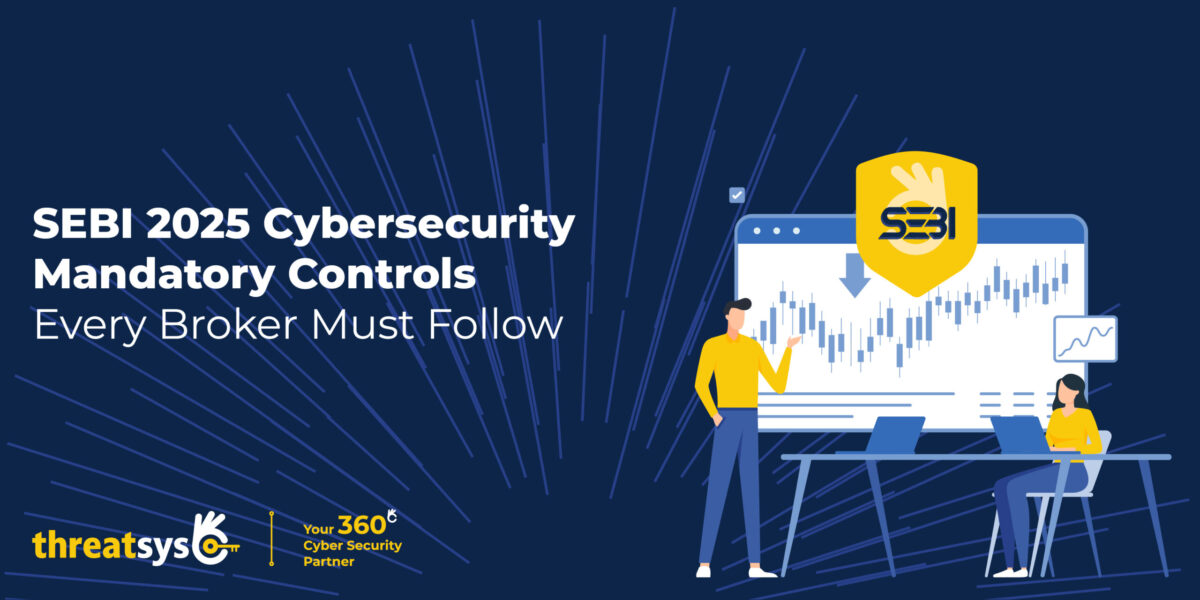India’s FinTech landscape is booming, but with growth comes increasing responsibility. Any FinTech that handles card data must comply with PCI DSS, a global security standard that protects cardholder information and ensures secure payment processing.
At Threatsys, we help organisations build strong, audit-ready PCI environments that meet both compliance and real-world security needs.
Here’s a streamlined guide on how FinTechs in India can design a secure, PCI-compliant architecture.
1. Reduce PCI Scope First
The most effective security strategy begins with reducing how much card data you actually handle. By using tokenisation, outsourcing storage to PCI-certified payment partners, and keeping card data systems isolated from the rest of your network, you significantly reduce risk and simplify audits.
2. Create a Secure, Layered Network Architecture
A PCI-ready system depends on segmentation. Your card data environment should be isolated behind firewalls, separated into clear layers (web, application, database), and continuously monitored for suspicious behaviour. This layered architecture limits the blast radius of potential attacks.
3. Encrypt Data in Transit and at Rest
PCI compliance requires strong encryption across the board. From TLS for data in transit to AES-based encryption for data at rest, every sensitive element must be protected. Key management must be handled carefully, ideally through encrypted vaults or HSMs.
4. Strengthen Identity & Access Controls
Strict access control ensures that only authorised users can interact with card data. This includes enforcing MFA, applying role-based access, eliminating shared credentials, and logging all privileged actions. Proper IAM practices significantly reduce insider and misconfiguration risks.
5. Embed Application Security Into Development
Since most breaches occur at the application layer, FinTechs must integrate security into every stage of the SDLC. Secure coding practices, API hardening, automated vulnerability scans, and regular penetration testing ensure your payment apps and gateways remain resilient.
6. Enable Continuous Monitoring & Incident Preparedness
PCI compliance doesn’t end after deployment. A secure architecture relies on real-time monitoring, alerting, centralised log management, and a clear incident response plan. These measures help you detect threats early and respond quickly.
7. Maintain Governance, Audits & Evidence
PCI DSS requires ongoing governance, including regular audits, risk assessments, firewall reviews, and evidence collection. Accurate documentation from policies to diagrams is essential for a clean and successful audit cycle.
8. Secure PCI Workloads on Cloud Platforms
Most Indian FinTechs use AWS, Azure, or GCP for their PCI workloads. While the cloud provider secures the infrastructure, FinTechs are responsible for secure configurations, least-privilege access, encryption, and monitoring. Misconfigurations are the fastest way to fail a PCI audit.
How Threatsys Helps FinTechs Achieve PCI Compliance
Threatsys supports FinTech companies at every stage of their PCI DSS journey. Our services include:
- Designing secure and compliant PCI architecture (cloud or on-prem)
- Performing PCI DSS gap assessments and readiness reviews
- Securing applications, APIs, and payment workflows
- Implementing monitoring, logging, and governance frameworks
- Conducting annual audits and assisting with SAQ/ROC submission
- Providing continuous SOC monitoring and vulnerability management
With our experience across India’s financial ecosystem, we ensure your PCI environment is not only compliant but resilient against real-world cyber threats.
Conclusion: Choose Compliance That Strengthens Your Business
PCI compliance is more than a checklist , it is a long-term commitment to protecting customer trust, business continuity, and financial integrity. Building a secure PCI architecture requires a mix of strategic design, technical depth, and consistent governance.
By following best practices and partnering with security experts like Threatsys, FinTechs in India can confidently build systems that are secure, scalable, and fully aligned with PCI DSS standards.

Stay secure, stay aware with Threatsys.






